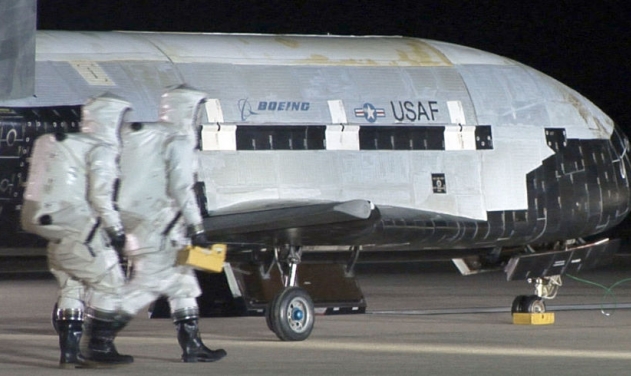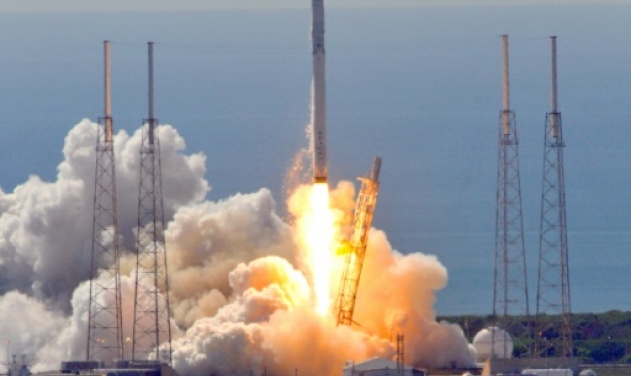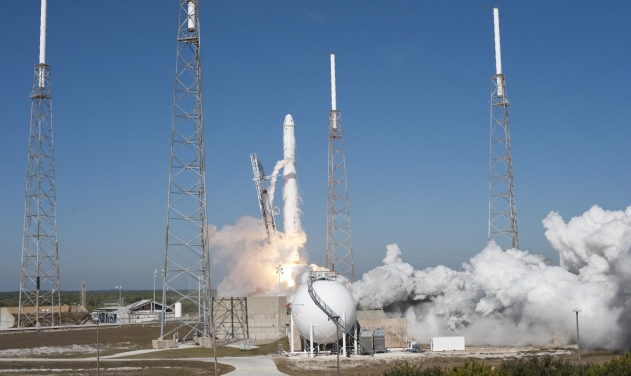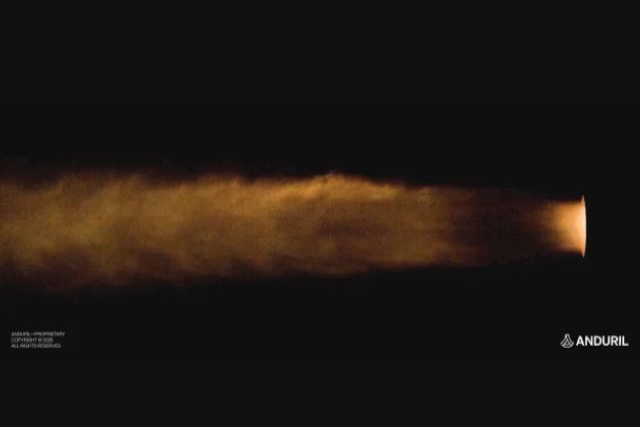SpaceX Reveals Rocket to Launch Tesla Car into Space
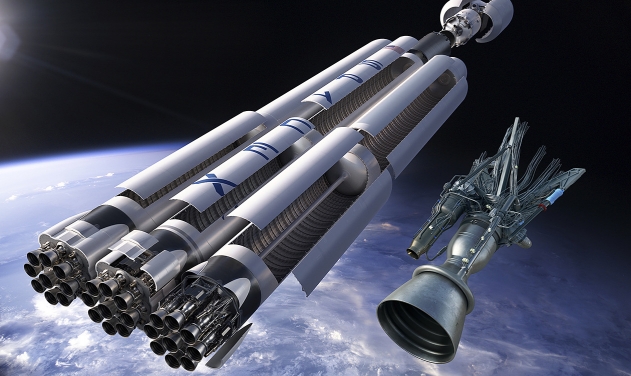
SpaceX unveiled its new Falcon Heavy rocket on Wednesday, which will likely launch Tesla Roadster, the battery powered electric car, into space.
SpaceX chief executive Elon Musk chalked out the jaw-dropping plan in a series of tweets earlier this month.
"I love the thought of a car drifting apparently endlessly through space and perhaps being discovered by an alien race millions of years in the future," Musk wrote. Last week, a SpaceX manager said the company will meet all necessary government requirements.
According to a report by Mainichi Japan, SpaceX plans to test-fire the rocket's 27 engines by the end of the month. The official launch is planned for a few weeks after the test.
Falcon Heavy is essentially the company's Falcon 9 times three. It features three Falcon 9 first-stage boosters joined together with a second-stage on the middle one. It also has three times more engines.
The Falcon 9 is now used to hoist satellites and supplies to the International Space Station. The Heavy is intended for super-big satellites, as well as cargo destined for points far beyond, like Mars.
The Falcon Heavy will be minus its featured load for the test. That's been customary ever since a Falcon 9 exploded during a 2016 practice engine firing, destroying both rocket and satellite.
The Falcon Heavy will have double the thrust of the next biggest rocket out there today, according to Musk. "Guaranteed to be exciting, one way or another," he promised.
SpaceX advertises that the Falcon Heavy will be able to lift 140,660 pounds of cargo to low-Earth orbit, 37,040 pounds to Mars, and 7,720 pounds to Pluto.
Two of the Heavy's three first-stage boosters have flown before. After blasting off from NASA's historic Launch Complex 39A at Kennedy Space Center, all three will attempt vertical landings, two on land and one on a floating offshore platform.
SpaceX is reportedly working on an even bigger rocket that would replace the Falcon line.
